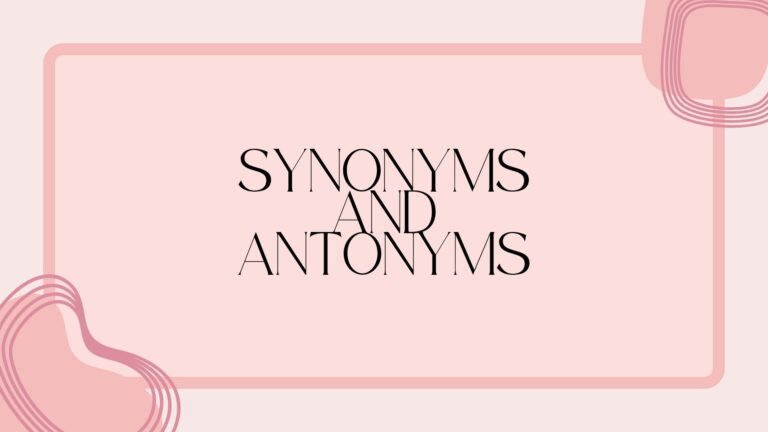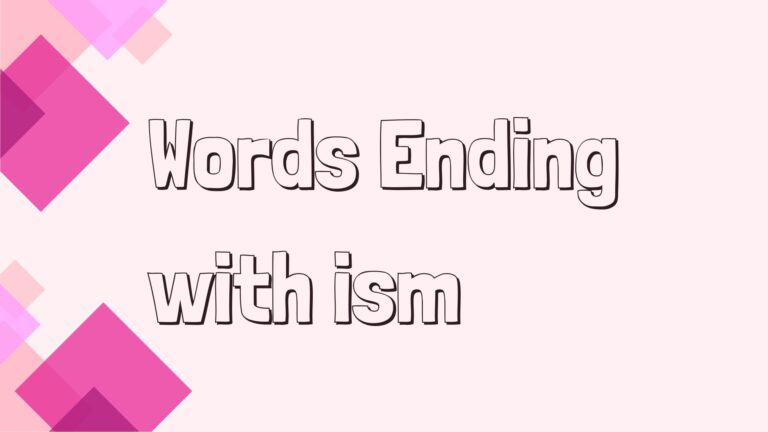The Art of the Split Infinitives
Split infinitives occur when a word—usually an adverb—slides between “to” and the verb. Traditional grammarians once frowned on them, but today many writers use them to add clarity, emphasis, or rhythm. Think of “to boldly go” from Star Trek: without the split, it loses punch.
What are Split infinitives?
Split infinitives happen when a word, usually an adverb slides between to and the verb. Instead of saying “to go boldly,” you might say “to boldly go.” Some traditional grammarians once warned writers to avoid them, but today, they’re widely accepted in both casual and professional writing.
Why the fuss? Because language is alive. Rules shift. What sounded “wrong” in the 19th century now often sounds natural. In fact, avoiding split infinitives sometimes creates clunky sentences. Compare:
- She decided to quickly run to the store.
- She decided quickly to run to the store.
100 Split Infinitives Examples
- to boldly go
- to quickly run
- to carefully consider
- to happily sing
- to slowly walk
- to truly understand
- to gently push
- to deeply love
- to eagerly wait
- to quietly listen
- to suddenly stop
- to honestly admit
- to freely choose
- to openly discuss
- to clearly explain
- to firmly hold
- to softly whisper
- to politely ask
- to warmly smile
- to lightly touch
- to quickly learn
- to slowly fade
- to proudly stand
- to boldly act
- to brightly shine
- to greatly admire
- to deeply reflect
- to sincerely apologize
- to wildly dance
- to gently sway
- to nervously wait
- to calmly breathe
- to frequently ask
- to rarely complain
- to boldly challenge
- to truly believe
- to openly laugh
- to kindly help
- to strongly deny
- to clearly see
- to quietly work
- to fully commit
- to bravely face
- to quickly adapt
- to cleverly escape
- to simply try
- to gracefully move
- to slowly heal
- to firmly decide
- to warmly welcome
- to softly cry
- to cheerfully greet
- to daringly climb
- to easily win
- to badly want
- to fondly remember
- to calmly reply
- to desperately hope
- to humbly accept
- to quietly admire
- to openly confess
- to clearly notice
- to plainly state
- to brightly glow
- to boldly imagine
- to wildly dream
- to passionately create
- to reluctantly agree
- to deeply mourn
- to rarely find
- to instantly know
- to strangely feel
- to gently laugh
- to slowly discover
- to firmly grasp
- to freely explore
- to strongly believe
- to boldly resist
- to easily understand
- to cheerfully share
- to brightly paint
- to carefully choose
- to fully realize
- to openly admire
- to genuinely care
- to warmly hug
- to fiercely protect
- to quietly hide
- to clearly recognize
- to bravely defend
- to boldly speak
- to instinctively act
- to openly reveal
- to truly value
- to carefully study
- to eagerly embrace
- to confidently lead
- to gently guide
- to wisely decide
- to boldly end
Why Writers Use Split Infinitives
- Clarity – Placing the adverb directly before the verb makes the meaning sharper.
- Rhythm – It often improves the flow of the sentence.
- Emphasis – The split allows you to stress the adverb naturally.
Think of “to boldly go” from Star Trek. “To go boldly” works, but it doesn’t hit the same.
Common Misconceptions
Some people still believe split infinitives are “wrong.” This stems from early grammarians trying to model English after Latin—a language where you literally can’t split an infinitive. But English is different, and modern usage guides (like Merriam-Webster and the Oxford English Dictionary) recognize split infinitives as perfectly valid.
Absolutely! Here’s a set of important, high-value FAQs about split infinitives—these are the kinds of questions readers (and search engines!) care about most:
1. What is the rule about split infinitives?
Traditionally, writers were told never to split infinitives. Today, most modern grammar guides agree it’s acceptable when it makes writing clearer or smoother.
2. Why were split infinitives considered wrong?
The “rule” came from 19th-century grammarians who tried to model English after Latin, where infinitives are single words and can’t be split.
3. Is it better to avoid split infinitives in formal writing?
In highly traditional contexts, some prefer avoiding them. But in academic, professional, and creative writing, split infinitives are widely accepted.
4. Do split infinitives change the meaning of a sentence?
Yes, sometimes. For example:
- She decided to quickly run (speed emphasized).
- She decided quickly to run (decision emphasized).
5. What are examples of correct split infinitives?
Common ones include: to boldly go, to fully understand, to truly appreciate, to easily adapt, to quietly listen.
6. Can avoiding split infinitives make writing awkward?
Yes. Forcing sentences to follow the old “rule” often makes them clunky or unclear. Splitting is usually more natural.







